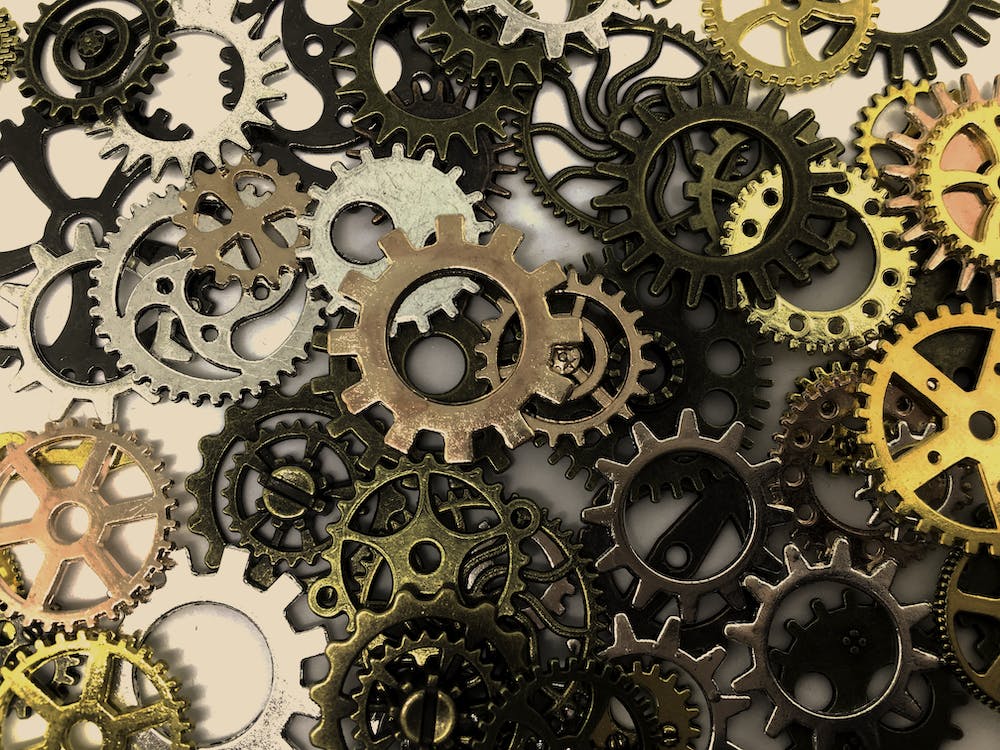
FAQ About Industrial Design

What software tools are commonly used in industrial design?
- Computer-Aided Design (CAD) Software: CAD software allows industrial designers to create precise 2D and 3D digital models of their designs. It enables them to explore different design iterations, make modifications, and generate technical drawings for manufacturing. Popular CAD software options include Autodesk AutoCAD, SolidWorks, Siemens NX, and Rhino.
- 3D Modeling and Rendering Software: 3D modeling and rendering software helps industrial designers create realistic and visually compelling representations of their designs. These tools allow designers to apply textures, colors, and lighting effects to their 3D models, producing high-quality renderings. Popular software options include Autodesk 3ds Max, KeyShot, Blender, and Luxion KeyShot.
- Sketching and Digital Drawing Tools: Sketching and digital drawing tools are essential for concept ideation and visual communication. Industrial designers often use software such as Autodesk SketchBook, Adobe Photoshop, or Procreate to create digital sketches and renderings, add color and texture, and refine their design concepts.
- Prototyping and 3D Printing Software: Industrial designers use prototyping software to translate their digital designs into physical prototypes. These tools assist in preparing the design files for 3D printing, managing support structures, and optimizing the print settings. Software like Autodesk Fusion 360, Ultimaker Cura, or Formlabs PreForm are commonly used for prototyping and 3D printing.
- Collaboration and Project Management Tools: Industrial designers often collaborate with team members, clients, and stakeholders during the design process. Project management and collaboration tools like Trello, Asana, Basecamp, or Slack help streamline communication, track progress, and share design files and feedback in a collaborative environment.
- Presentation and Visualization Software: Industrial designers need software tools to create professional presentations and visualizations of their design concepts. Tools like Microsoft PowerPoint, Adobe Illustrator, or Keynote allow designers to create compelling slideshows, graphics, and visual presentations to communicate their design ideas effectively.
- Virtual Reality (VR) and Augmented Reality (AR) Tools: VR and AR tools enable industrial designers to experience and present their designs in immersive virtual environments. These tools provide a realistic sense of scale, interaction, and context, enhancing design visualization and stakeholder communication. Examples of VR/AR tools include Gravity Sketch, Unity, and Unreal Engine.
- Simulation and Analysis Software: Industrial designers often utilize simulation and analysis software to test and optimize their designs for various factors such as stress analysis, airflow, lighting, or ergonomics. Software tools like Autodesk Simulation, ANSYS, or COMSOL help simulate and analyze the performance and behavior of the design before prototyping and manufacturing.
